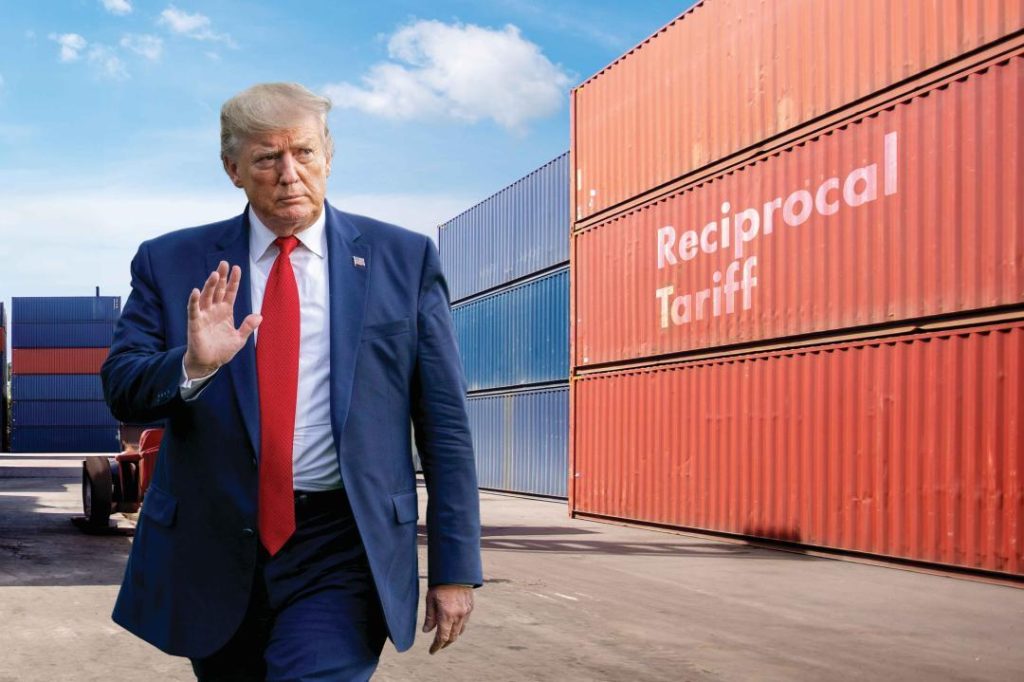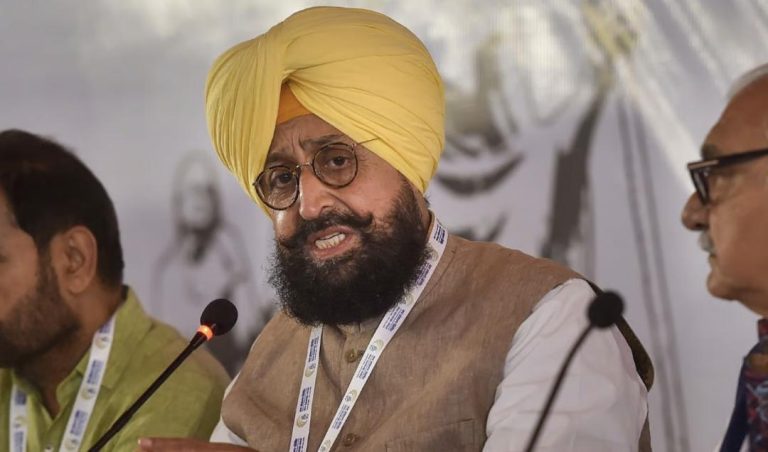
The Great Tariff War: Disruption, Diplomacy, & the Future of Trade
The ongoing trade war between the United States and China has sent shockwaves throughout the global economy, with far-reaching implications for international trade and the future of global supply chains. The latest salvo in this tariff war came in the form of a surprise announcement from the US, imposing tariffs on approximately $300 billion worth of Chinese goods, effective September 1st. This move has sparked a heated debate about the impact on trade, commerce, and the global economy as a whole.
Against this backdrop, India is emerging as an attractive alternative to China, particularly in light of the significant shifts occurring in global supply chains. With the US and China locked in a tit-for-tat trade war, India is poised to capitalize on the opportunities presented by this disruption. The country is well-positioned to strengthen its position as a global manufacturing and logistics hub, leveraging its strategic location, skilled workforce, and favorable business environment.
The Tariff War: A Brief Background
The US-China trade war began in 2018, with the US imposing tariffs on $50 billion worth of Chinese goods in response to allegations of intellectual property theft and forced technology transfer. China retaliated by imposing tariffs on $34 billion worth of US goods, including soybeans, wheat, and corn. Since then, the two nations have engaged in a series of tit-for-tat tariff increases, with the US imposing tariffs on an additional $200 billion worth of Chinese goods and China imposing tariffs on an additional $60 billion worth of US goods.
The stakes are high, with the US and China accounting for approximately 20% and 18% of global GDP, respectively. The trade war has already had significant implications for global trade, with many countries caught in the crossfire. The World Trade Organization (WTO) has warned that the ongoing trade tensions could lead to a global trade downturn, with potentially devastating consequences for the world economy.
India’s Emergence as a Global Trade Hub
Against this backdrop of disruption and uncertainty, India is positioning itself as a viable alternative to China. The country has made significant strides in recent years in terms of infrastructure development, including the expansion of its ports, airports, and logistics networks. Its strategic location at the crossroads of Asia, Europe, and Africa has also made it an attractive destination for international trade and investment.
India is already home to a thriving manufacturing sector, with many multinational corporations (MNCs) having established operations in the country. The government’s “Make in India” initiative, launched in 2014, has provided a range of incentives and support measures to attract foreign investment and drive domestic manufacturing growth.
The country’s logistics sector is also undergoing significant transformation, with the government investing heavily in the development of its infrastructure and the implementation of technology-driven solutions. The introduction of the Goods and Services Tax (GST) in 2017 has also streamlined the country’s taxation regime, making it easier for businesses to operate and trade across different states.
Opportunities and Challenges
While India is well-positioned to capitalize on the opportunities presented by the tariff war, there are also significant challenges that need to be addressed. The country’s infrastructure, while improving, still lags behind that of developed economies, which can make it difficult to attract and retain large-scale foreign investment.
Additionally, India’s bureaucracy and regulatory environment can be complex and challenging for businesses to navigate, which can slow down the process of setting up and scaling operations. The country also faces significant challenges in terms of labor laws, environmental regulations, and intellectual property protection, which can make it difficult to attract and retain skilled talent.
The Future of Trade: Opportunities and Challenges
The tariff war and the shift in global supply chains present significant opportunities for India, but also pose significant challenges. To capitalize on these opportunities, the country will need to continue to invest in its infrastructure, simplify its regulatory environment, and address the challenges posed by its labor laws, environmental regulations, and intellectual property protection.
The future of trade will also depend on the ability of countries to negotiate and agree on new trade agreements. The ongoing negotiations between the US and India, aimed at a bilateral trade agreement targeting a $500 billion trade goal by 2030, present significant opportunities for both countries. India’s emergence as a global manufacturing and logistics hub will also require significant investment in technology and innovation, as well as the development of new skills and competencies.
Conclusion
The tariff war between the US and China has sent shockwaves throughout the global economy, with far-reaching implications for international trade and the future of global supply chains. India is emerging as an attractive alternative to China, particularly in light of the significant shifts occurring in global supply chains. However, the country will need to address the challenges posed by its infrastructure, regulatory environment, and labor laws in order to capitalize on the opportunities presented by this disruption.
The future of trade will depend on the ability of countries to negotiate and agree on new trade agreements, as well as their ability to invest in technology and innovation and develop new skills and competencies. As the world navigates this period of disruption and uncertainty, India is poised to play a significant role in shaping the future of global trade.
Source:
https://www.logisticsoutlook.com/supply-chain/the-great-trump-tariff-war






